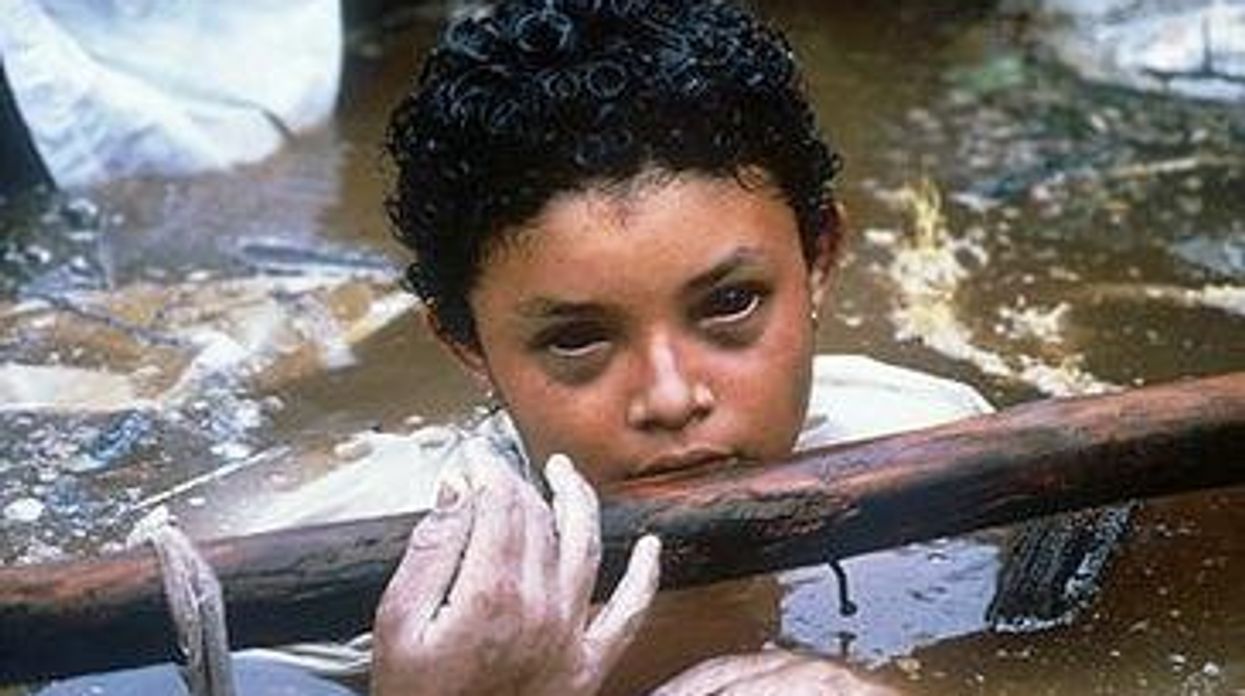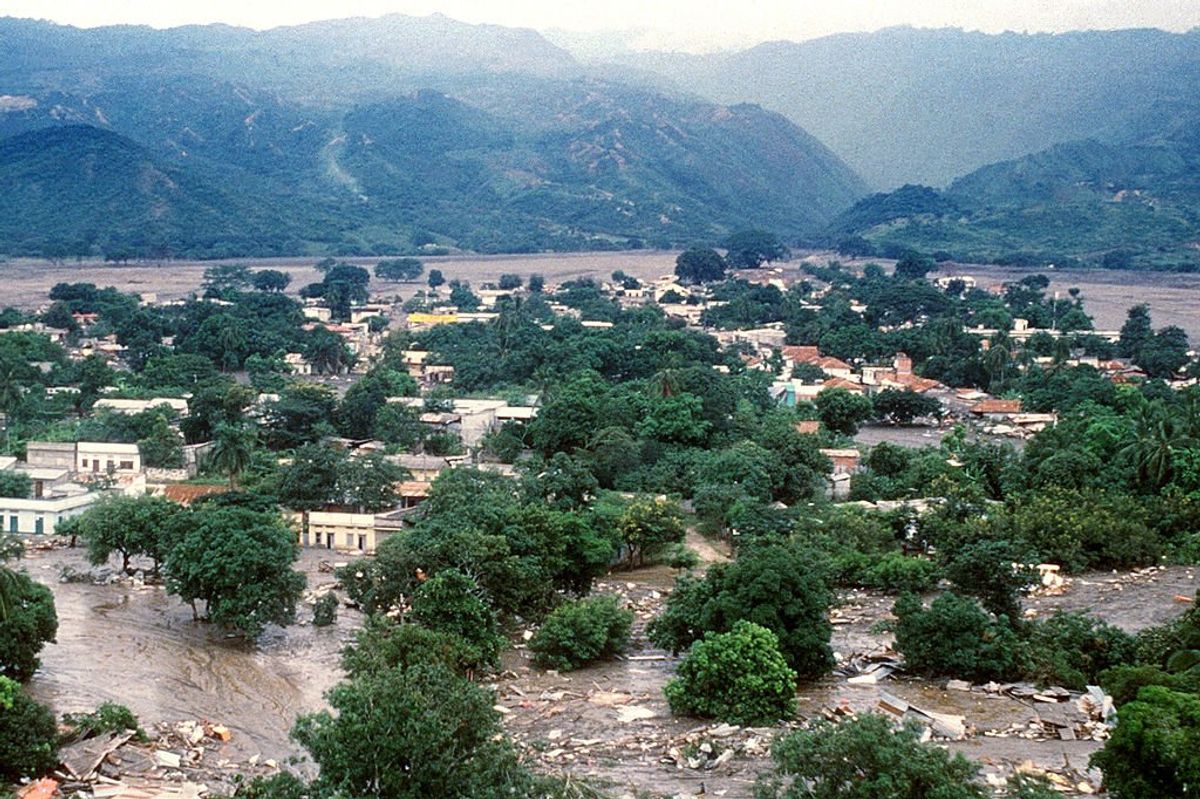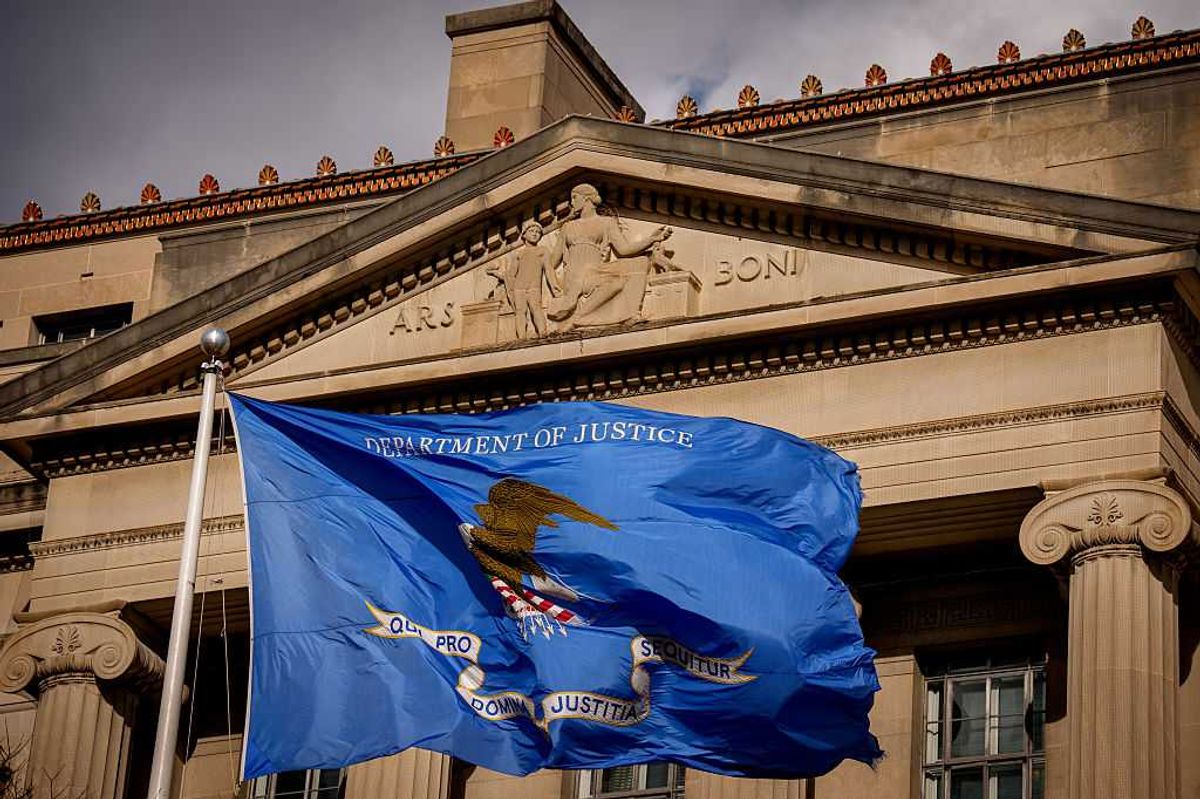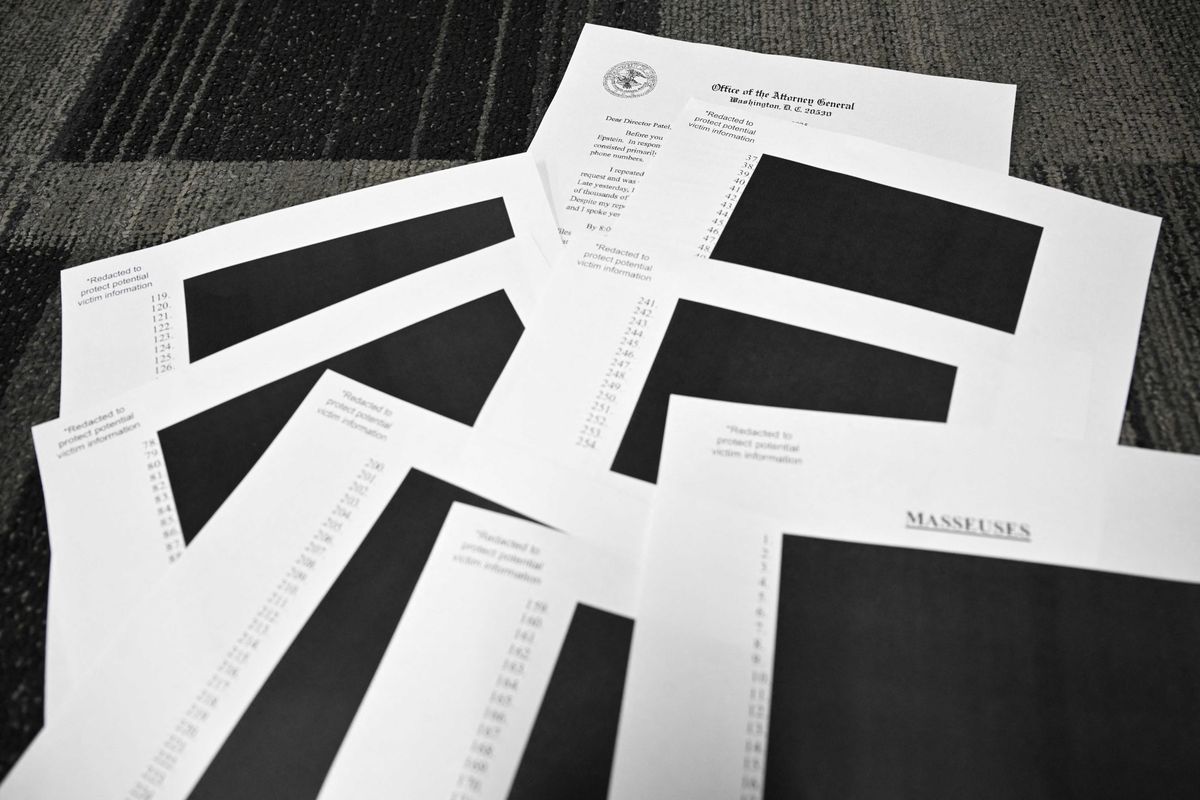Harriet Brewis
Aug 25, 2024

Frank Fournier captured the iconic but heartbreaking photo in the hours before Omayra Sánchez Garzón's death
(Contact Press Images)
A photographer who captured one of the most harrowing images of the 20th century has justified his decision to take the picture.
The heartbreaking image shows 13-year-old Omayra Sánchez Garzón half-buried in muddy water following a devastating volcanic eruption in Colombia.
More than 24,000 people were killed after the Nevado del Ruiz volcano spewed out mudflows, lava and debris, engulfing the town of Armero, on 13 November, 1985.
That night, a violent stream of lahar (rocky volcanic debris) tore into Omayra’s home, trapping her under heavy rubble.
The 13-year-old’s brother and mother survived the tragedy, while her father and aunt died on the spot, The Sun reports.
Rescue workers attempted to pull Omayra from the wreckage but the situation was impossible: her legs were allegedly caught under a door made of bricks and her dead aunt’s arms were clasped tightly around her legs and feet.
Emergency responders explained at the time that they couldn’t extract her from the rubble without completely shattering her legs. And, they said, they didn’t have the resources to provide her with life-saving care if they were to amputate her limbs.

Eventually, after numerous failed attempts to save her, rescuers concluded that the kindest course of action would be to keep Omayra as comfortable as possible.
A tire was placed around her body to keep her afloat and she was fed sweet food and drinks but, as the hours wore on, her condition deteriorated.
After around 60 hours trapped in the hellish pool, the brave child passed away.
Omayra’s plight was well documented at the time, with journalists, TV crews and Red Cross workers all on the scene.
However, the image that most struck a chord with the public was captured by French photographer Frank Fournier.
The picture shows Omayra staring boldly at the camera, her eyes so bloodshot they look black, and her hands whitened by their days-long submersion.
The photo went on to win the World Press Photo of the Year in 1986, but it also prompted an outcry among swathes of the public.
They voiced their horror that whilst technology could be used to transmit a little girl’s suffering across the globe in an instant, it couldn’t be used to save her life.
Fournier himself also came under fire, with critics accusing him of prioritising his career over Omayra’s wellbeing.
- YouTubewww.youtube.com
However, speaking to the BBC in 2005, the photojournalist explained that it was “impossible” for him to save her.
Recalling the moment he met the 13-year old, he told the broadcaster: “When I took the pictures I felt totally powerless in front of this little girl, who was facing death with courage and dignity. She could sense that her life was going.
“I felt that the only thing I could do was to report properly on the courage and the suffering and the dignity of the little girl and hope that it would mobilise people to help the ones that had been rescued and had been saved."
He continued: “By this stage, Omayra was drifting in and out of consciousness. She even asked me if I could take her to school because she was worried that she would be late.
“I gave my film to some photographers who were going back to the airport and had them shipped back to my agent in Paris. Omayra died about three hours after I got there.
“At the time, I didn't realise how powerful the photograph was - the way in which the little girl's eye connect with the camera.”
Addressing the furore that ensued after the photo was published in Paris Match magazine a few days later, Fournier said: “I felt the story was important for me to report and I was happier that there was some reaction; it would have been worse if people had not cared about it.”
He went on: “I am very clear about what I do and how I do it, and I try to do my job with as much honesty and integrity as possible.
“I believe the photo helped raise money from around the world in aid and helped highlight the irresponsibility and lack of courage of the country's leaders. There was an obvious lack of leadership. There were no evacuation plans, yet scientists had foreseen the catastrophic extent of the volcano's eruption.”
Concluding, he admitted: “People still find the picture disturbing. This highlights the lasting power of this little girl. I was lucky that I could act as a bridge to link people with her. It's the magic of the thing.
“There are hundreds of thousands of Omayras around the world - important stories about the poor and the weak and we photojournalists are there to create the bridge.”
Sign up for our free Indy100 weekly newsletter
How to join the indy100's free WhatsApp channel
Have your say in our news democracy. Click the upvote icon at the top of the page to help raise this article through the indy100 rankings
Top 100
The Conversation (0)













